Simon Starling
In Speculum
5 October–30 November 20135 Oct–30 Nov 2013
English artist Simon Starling—who won the prestigious Turner Prize in 2005—is celebrated for his erudite projects. His works explore the legacies of modernism and globalisation by addressing peculiar histories surrounding specific objects and sites of art, design, and science. While they mine real histories, there is always something unexpected, excessive, witty, perverse, serendipitous, convoluted, or crafty about them.
Starling’s research-based art is obscure, but fascinating. You have to untangle complex backstories knotted up within the works. Take his Project for a Masquerade (Hiroshima) (2010)—a proposition for the performance of a Noh play which would collapse Eboshi-ori (the ancient Japanese tale of a young noble boy disguising himself to escape his troubled past) onto the Cold War saga that evolved around Henry Moore’s 1965 sculpture Nuclear Energy. Installed at the University of Chicago, Moore’s Nuclear Energy marks the site of Enrico Fermi’s first self-sustained nuclear reaction, Pile No. 1—the birthplace of the nuclear age and forerunner to the Manhattan Project. Somewhat bizarrely, a smaller version of the Chicago monument later ended up in the collection of the Hiroshima City Museum of Contemporary Art under a different name, Atom Piece. Roles in the Noh play are taken by odd characters, including James Bond, Anthony Blunt, Colonel Sanders, and Joseph Hirshhorn. We do not actually see the play performed. Instead, Starling’s film shows us the crafting of the masks to be used in it, while the voiceover describes the plot and production. In an antechamber, two masks based on Moore’s sculpture confront one another.
In Speculum also includes Le Jardin Suspendu (1998), which developed out of Starling’s first Australian show, at Melbourne’s Museum of Modern Art at Heide; Wilhelm Noack oHG (2006), an elaborate, towering, helical steel structure which carries a 35mm film loop documenting the German engineering workshop in which it was fabricated; and Black Drop (2012), a film interweaving lives of Captain James Cook (who observed and recorded the transit of Venus across the sun from the island of Tahiti in 1769) and French astronomer Pierre-Jules-César Janssen (who invented a chronophotographic device to document the 1874 transit, a precursor to the movie camera). Starling has also developed a new photographic work for the show, based on the Great Melbourne Telescope, which currently being restored at Museum Victoria.















